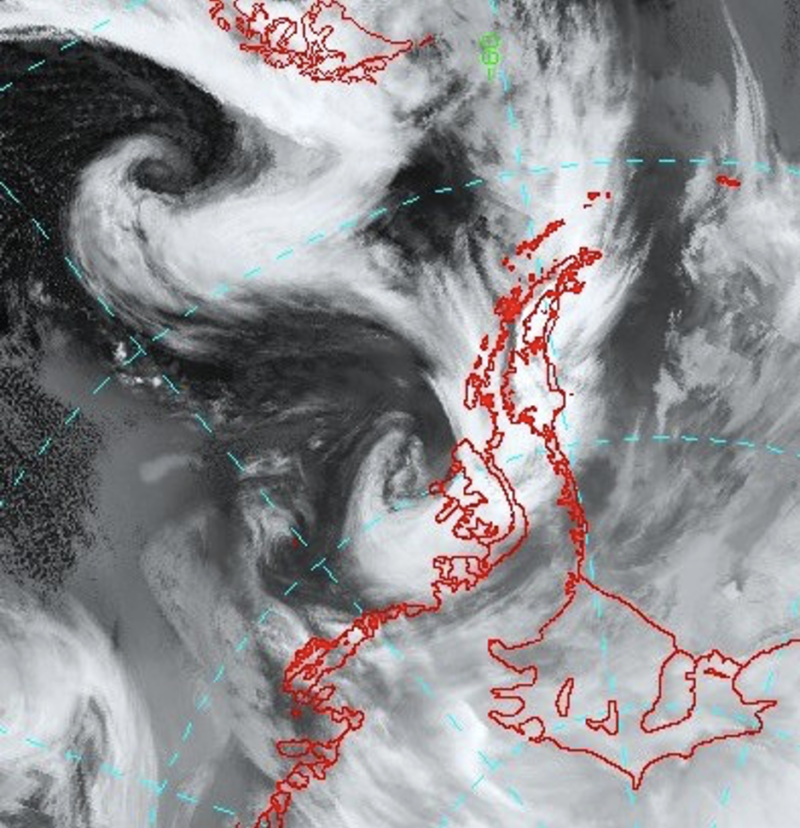Projections by the Intergovernmental Panel on Climate Change (IPCC) 2021, for extratropical cyclones, such as bomb cyclones, indicate a 20% to 50% increase in this type of event in the coming decades, mainly around the latitude of 60S, meaning that the northern Antarctica Peninsula likely will be seriously impacted by such events.
These projections are confirmed in the analysis of Setzer et al, 2021 that shows a three-decades increase in the number of explosive cyclones that have been affecting King George Island in Antarctica. The World Environmental Conservancy (WEC) monitors this area with particular interest because at least seven research stations from different countries are located there, resulting in significant human and cargo transport taking advantage of the local airport and anchorage bay.
WEC contributed to the above analysis of explosive cyclones with the participation of one of its associates, meteorologist M. Romão de Oliveira . WEC currently monitors systematically all bomb cyclones which impact the coast of Antarctica.
With an average of 10 cyclones occurring on the north of the Antarctica Peninsula per year, an absolute record of 20 events was noted in the 2020 year.

Storms on the northernmost coast of Antarctica are now being reported to be intensifying rapidly. It will not require decades for a major increase to be noted, perhaps the IPCC projections are even underestimating what is happening in the region. This same IPCC report indicates that no such trend towards an increase in the number of cases of explosive cyclones is being noted in the rest of the world. The reasons for the large increase of occurrence of intense storms specifically in these southern latitudes are not well defined at present. What currently is known is that there has been an intensification in the winds from the north, which are naturally warmer, which provide a thermal shock with the cold catabatic winds coming from the interior of Antarctica; this dynamic may also be contributing to the intensification and quantity of extratropical cyclones in the southern hemisphere.
It remains to be seen how the increase in explosive cyclones in Antarctica will affect the ice caps, frozen seas, penguin colonies and even the safety of scientists who often expose themselves to the hostile climate of Antarctica while remaining in the research stations.
To learn more about our monitoring of explosive cyclones in Antarctica visit https://worldenvironmentalconservancy.org/excanc/
Atlanta, August 30, 2021
By M. Romão, L.B.M. Pires and L. Ferreira
Reference:
SETZER, A., KAYANO, M.T., de Oliveira, M.R., CERON, W.L., ROSA, M., 2021.
Increase in the number of explosive low-level cyclones around King George Island in the last three decades.
Annals of the Brazilian Academy of Sciences (Anais da Academia Brasileira de Ciências), Special Antarctic Research Issue, October/2021. Manuscript ID AABC-2021-0633.R1
In press.

